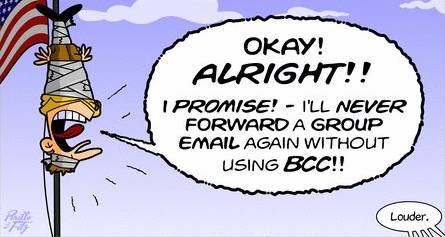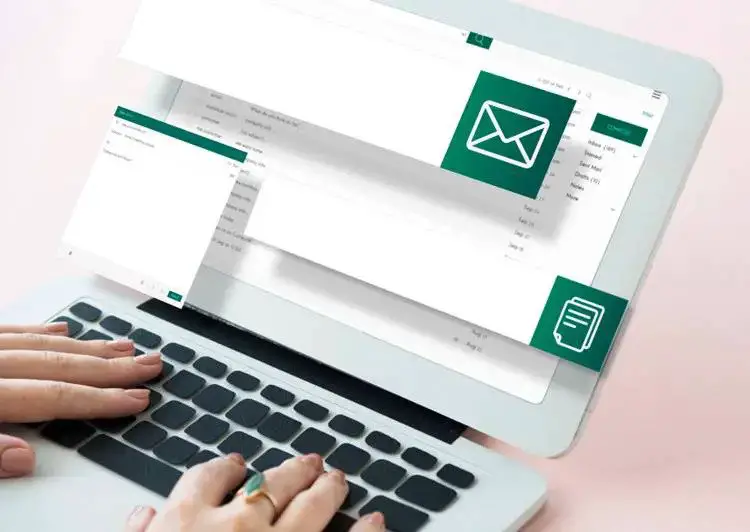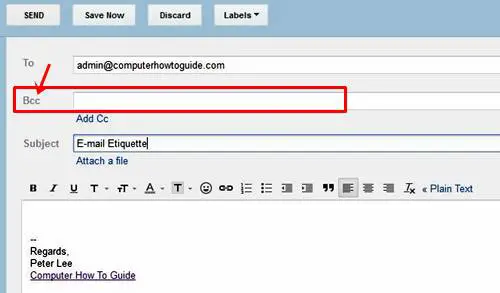Good social skills are always appreciated; they are usually even expected. Whether you like it or not, all your human interactions must adhere to certain unspoken rules and ethical standards. This is true even for your online communications – including your comment exchanges and emails. Even without being asked, there are some email etiquette 101 rules that you are expected to know and live by.
Email Etiquette 101: 11 tips for becoming a better email user
1. Be concise
No matter how important you think details are, be considerate of those who will be reading your emails. Be respectful of their time. Besides, no one enjoys reading long, rambling messages on a computer or smartphone screen, so keep it as short and simple as possible.
Avoid lengthy sentences and too many descriptions. Use bullet-points instead of paragraphs. Each email must primarily be for communicating information, not conveying your innermost thoughts; it is not your website or photo album. If you feel the need to share more, provide links instead of detailing everything.
2. Indicate a clear subject
Emails that have a vague or “spammy” subject tend to be ignored, or possible get filtered out by spam filter. Therefore, be sure to write concise, informative subjects to grab attention and improve response rates, even before they open it.
3. Don’t expose your contacts’ email addresses
Many senders make the mistake of displaying everyone’s email addresses in the “To” or “CC” fields. Remember that these are visible to all recipients; you are practically allowing them to copy-and-paste any email address from your list.
Respect your contacts’ privacy on the internet by using “BCC”. It’s there for that purpose.

4. Construct your sentences well
Email is not live chat, so you have time to organize your thoughts and compose your sentences carefully. Communicate intentionally and clearly; if you don’t make the effort, your message may be considered as unimportant – or a nuisance. You wouldn’t want to be perceived as incoherent or impolite, so go over it a couple of times before you hit “Send”.
5. Observe proper spelling, punctuation and grammar
Check, double check and then check again! Remember that proper spelling, punctuation and grammar will not only make your meaning clear, but will help you make a good impression. Particularly for work-related or school-related emails, it is inappropriate to use textspeak, chatspeak or colloquial language.
In relation to this, avoid using all caps. It not only makes reading harder on the eyes; it makes you seem like you’re shouting, which suggests a lack of good manners. If you wish to emphasize a portion of your message, use text styling – and use it sparingly.
6. Don’t put your message in an attached file
It takes some time to download attached files, and people will tend not to bother. Attachments should only be used for submitting requirements or reports.
7. Don’t send large files
All mailboxes have a limit, so be mindful not to overload your recipients. There are times when you may opt to email large files because it facilitates work, but keep in mind that whenever you do that, you block the recipient’s mailbox from receiving other messages.
If it is absolutely necessary for you to send a large file, consider other options such as document sharing or cloud storage.
Read also: Fixing Bounced or Rejected Emails: A Step-by-Step Guide
8. Reply promptly
People who email you anticipate some sort of response, even if just to confirm that you’ve read their message.
In group messages, it would be appropriate to involve everyone in the discussion by hitting “Reply To All”. A group message is like a gathering where each recipient was invited by the sender; don’t leave anyone out.
9. Anticipate a reply
Particularly concerning important content, check to see if it was received. Email can sometimes get lost, ignored or relegated to the spam folder as junk email.
Read also: A Beginners Guide to Filtering Spam
10. Don’t spread infection
Every tech device that goes online is prone to pick up viruses, and it’s easy to infect others through email without even knowing it. Don’t risk making all your emails becoming email threats that carry malicious attachments to your recipients; Invest in a good antivirus and scan your devices regularly.
11. Always sign your emails
Never forget to include your name at the bottom of your email. This not only leaves a positive impression but also ensures your recipient knows it’s you and not a spam bot. Consider adding humor with some funny email sign-offs to cheer up your recipients!
Read also: Does Email Have A Place In Modern Computing?
Email etiquette 101: recap
Whether you like it or not, the emails you compose reflect what kind of person you are, and people will evaluate you through what they see. Particularly in today’s world where we interact heavily online, it’s important to know and practice proper email etiquette. Hope this email etiquette 101 helps.
So to recap, here are the 11 tips for becoming a better email user and practice good email etiquette:
- Be concise
- Indicate a clear subject
- Don’t expose your contacts’ email addresses
- Construct your sentences well
- Observe proper spelling, punctuation and grammar
- Don’t put your message in an attached file
- Don’t send large files
- Reply promptly
- Anticipate a reply
- Don’t spread infection
- Always sign your emails



This is indeed a very important information for all of us especially to email and social media account owners.. We should be aware with this and I am thankful for visiting this post here..
I don’t think very many people use the BCC feature. I know I forget myself. I do hate it when someone sends me an email and there are 50 other email addresses attached to it. No wonder there is so much spam floating around. People make it to easy for them to get a hold of your email address.